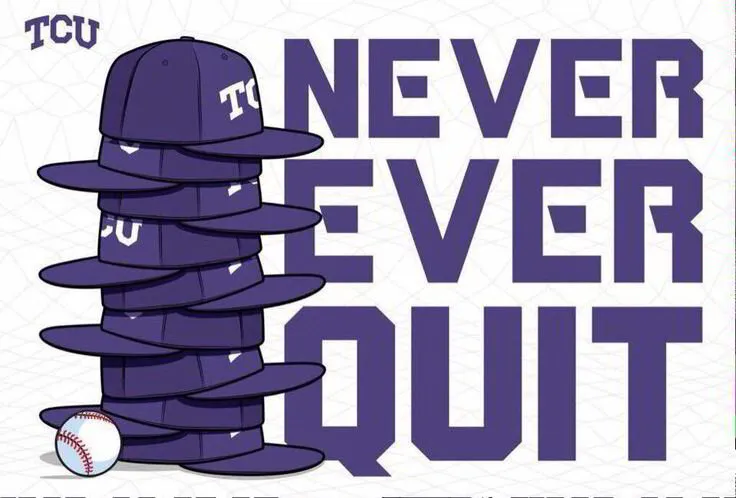Culture is not about building a great team. Culture is what creates great teams. It's fostering an environment where the program becomes greater than the team. Everyone knows the values, expectations, and roles amid and amongst each other in an atmosphere where leaders lead by example. Here's 6 quick concepts to fostering culture in the team setting.
Team first
The team should always come first. Every decision be it on the field or off should have those around you in mind. Having the wherewithal to realize that you are part of something much bigger than just yourself.
Get out front
Be clear with expectations and values. Coach Schlossnagle, years ago, devised the core values of TCU Baseball: Selfless, Excellence, and Energy. Those core values are with the players everyday they take the field. Along with those values were the expectations that are ingrained in our player’s lives not just in their sport but in society. Those aren’t just the values of our program, they are the program. They are how our athletes go about life on and off the baseball field.
Small stuff matters
Everything matters regardless of how small you think it is. It starts with tying your shoes. Think of how something as miniscule as making sure your shoes are tied can become a huge thing. Athlete doesn’t tie his shoes, trips over a lace and hurts an ankle, or even worse tears an ACL. Something so seemingly small has become huge. On the field an athlete missing a sign in fall ball probably affects little. Coaches think “he’ll figure it out by the season.” Ponder the same scenario in the 8th inning of a tie game of a super-regional and you’ll realize that small things gone under the radar for months can grow massive. Small things overlooked snowball into huge things.
Leaders and laggards
The best teams I’ve been associated with all had one common thread. The absolute leader of the team was also the best player. There are infinite ways to lead and be considered a leader. Not all of them require being vocal, or even being a great player, but when the best players are the best leaders, great things within a team can happen. Those players elevate teammates to work at a higher capability. On the opposite end of the spectrum is when the best player is a terrible teammate and leads no one. This situation makes it tough on everybody and can drag down the best of teams. Teams, and role players naturally want to follow a leader. The best players are often looked upon for that role because of their ability and not necessarily their aptitude for leadership. Make sure the ones at the front of the pack are pulling the team in a positive direction and not down a road filled with excuses.
Do it light
Do what is expected the first time every time. Laziness, and lethargic efforts result in nothing being accomplished in one try. “Do it right, do it light” is a common saying in weight rooms across the country. There is no pride in multiple attempts at the same task because of unmotivated attempts. Build accountability into the culture so peers push others to act appropriately in all settings.
Clear the air
When somebody constantly lets down the rest of the team with their actions consequences must ensue. Don’t turn your back on it. Take it head on. Situations that make people uncomfortable are something that must be dealt immediately or they will fester under the surface. Make it known ahead of time that there will be consequences for the actions they take if they so choose. Using a team first approach to those consequences makes the individual incredibly aware of the result they have on the greater whole.

